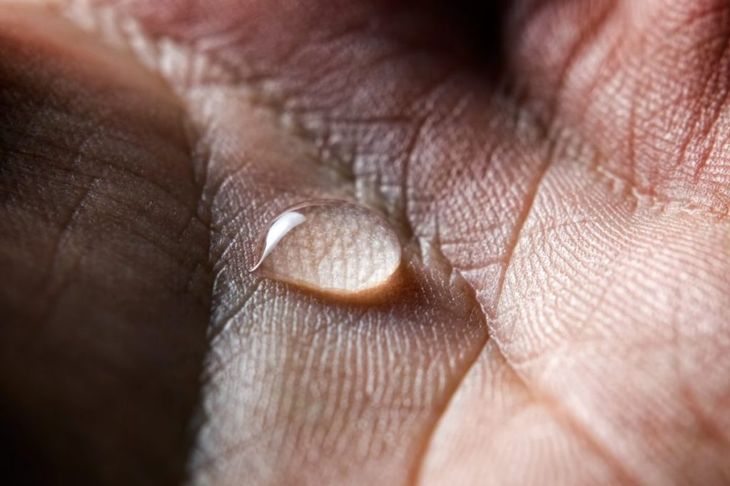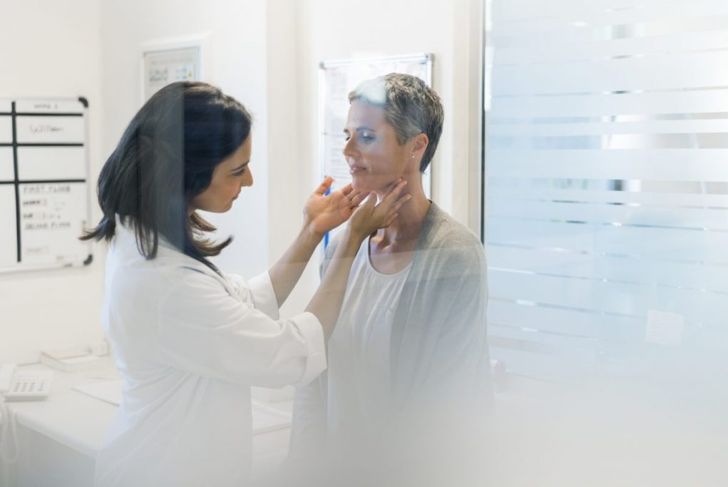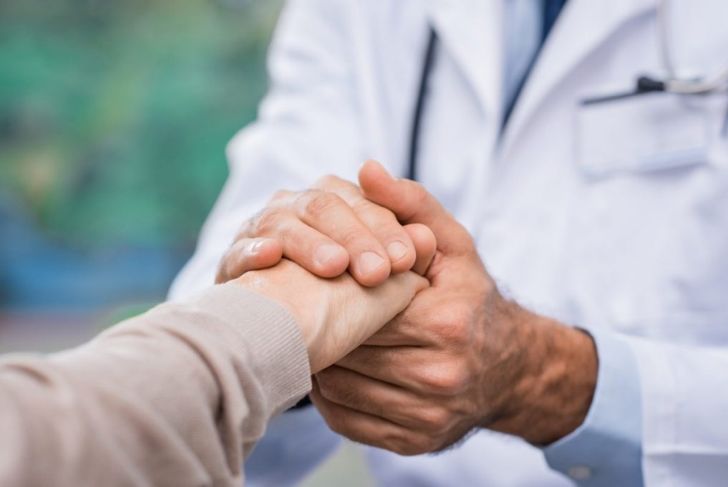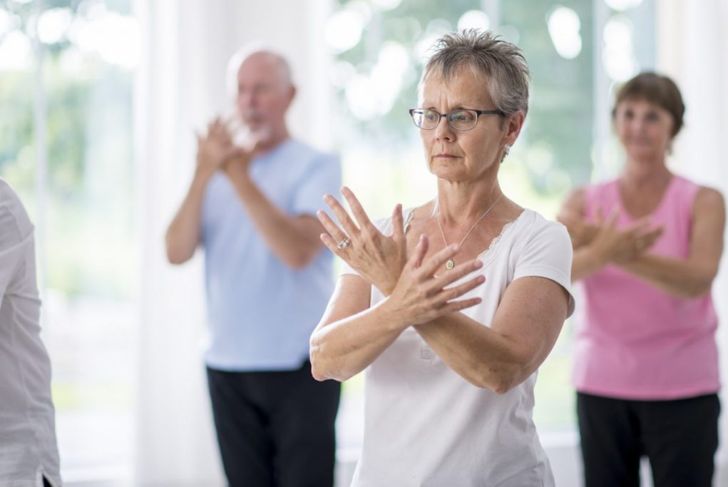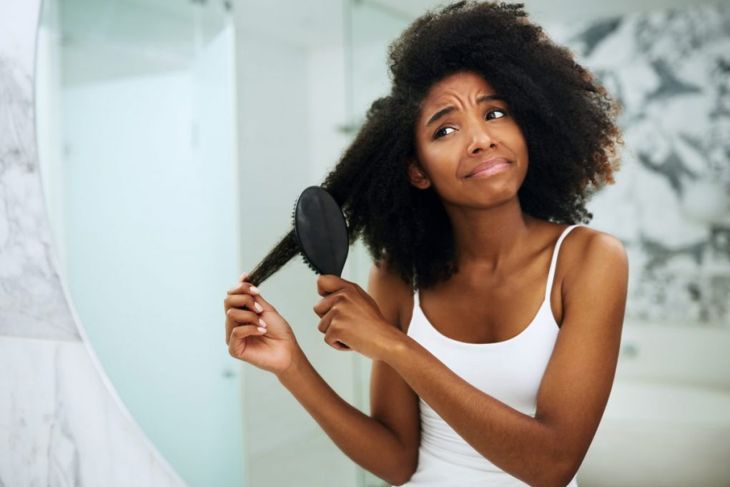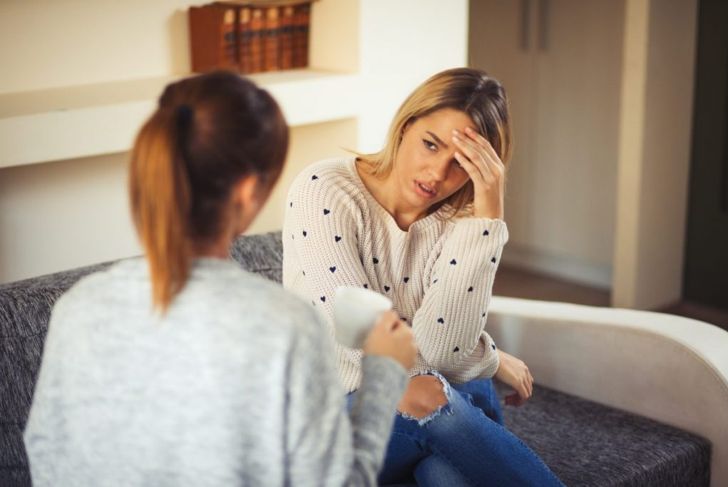Allodynia is pain from normal sensations such as touch or warmth. It may occur when a person is touched lightly or brushed gently across the skin. It also can occur from small changes in skin temperature. Many of the theories about how allodynia occurs point to nerve damage or malfunction from conditions such as migraines, shingles, fibromyalgia, and diabetes. The increased frequency and level of pain can have side effects such as fatigue, depression, and anxiety. Allodynia is different from hyperalgesia, in which normal pain becomes extreme. Pain from this condition is often completely unexpected at first. There are various causes and treatments of allodynia.
Static allodynia
Static or tactile allodynia occurs when someone is touched gently and directly, such as tapping on the shoulder, and he or she feels pain. It can make the person anxious and jumpy, leading to deliberate avoidance of touch and being near others who might touch them. It can occur on specific parts of the body, or over large areas, and can make the person seem “jumpy.” Static allodynia can be confusing at first, as the pain is unexpected. The sensitive area might correspond to a past injury.
Mechanical allodynia
Brushing the skin activates different nerve endings from direct touch and can also result in pain, called mechanical allodynia. This can produce pain from everyday activities such as getting into bed and pulling the sheets up or putting on a shirt. Even soft items that produce a brushing sensation can cause pain. Continuous brushing, such as in a comforting manner, can produce a pain response which develops over time.
Thermal allodynia
Temperature changes on the skin, even slight ones, can cause thermal allodynia. A few drops of cool water, placed gently on the skin, can result in a painful sensation. A warm breeze or light rain can also produce pain, as can air from a heating and cooling vent. This can be frustrating because attempts to warm or cool the skin to relieve pain can cause additional discomfort. At first, this variation of the condition may be confused with air conditioning-induced muscle spasms.
Movement allodynia
Movement of a regular joint or muscle can cause movement allodynia as the skin and muscle flex. There are many potential sources of movement-related pain, so it can be difficult to determine whether the condition involved is allodynia, damage to the muscle, or another underlying cause. Neurological tests may be able to help with the diagnosis.
Suspected causes of and risk factors for allodynia.
Research is ongoing to determine the causes of allodynia. Much of the work is focusing on neurological changes producing sensitivity in specific types of nerve endings. Many people who develop allodynia have similar additional conditions, such as migraines, postherpetic neuralgia from shingles, fibromyalgia, and diabetic neuropathy. All these are risk factors for developing allodynia.
Diagnosis of allodynia
People who experience pain from sensations which normally do not cause pain should see a doctor for further investigation. Diagnosis of allodynia is mostly a process of excluding other possibilities, but specific nerve sensitivity tests can help identify the condition. The doctor will begin the process by performing a physical exam and taking a medical history for a complete picture of the patient’s health. He or she will then work with the patient to understand the pain and what might be causing it.
Treatment with medication
Medication been developed for related conditions such as shingles and fibromyalgia can help with allodynia as well. They include oral medications to address nerve stimulation and topical treatments for skin and muscle pain. Options such as acupuncture can help as well. Since pain can result from other conditions such as endocrine disorders and injuries, it is important to see a doctor to determine the best course of treatment for both the condition and the pain.
Reducing exacerbating factors
Holistic treatment and managing environmental irritation can help reduce pain by relaxing the body and reducing nerve stimulation. Stress is an essential factor in overall body aches and pain. Reducing stress through meditation, relaxation techniques, nutrition, and physical techniques such as yoga and tai chi, can help. It may take some experimentation to see what works for a specific individual, and stress reduction may be more relevant as a preventive measure than to reduce existing pain.
Living with allodynia
Allodynia can affect many parts of a person’s life, from relationships to mental health. It can increase anxiety levels, lead to depression, and make it more difficult to be physically close to people. Careful selection of clothing may be necessary to reduce pain, and it may be difficult to keep up a healthy exercise routine. Even the choice of hairbrush can make a difference in pain levels. Counseling and professional guidance can help people cope with the effects of the condition.
Telling others about the condition
Since allodynia and other pain conditions are “invisible disabilities,” some people will have difficulty understanding the choices people with the condition have to make. It is often easier to be matter-of-fact about the situation, stating what is needed including limited touch or a place away from air drafts. There are always people who will listen, try to understand, and want to be of help. Friends and relatives can help find resources and ways to live with the condition.

 Home
Home Health
Health Diet & Nutrition
Diet & Nutrition Living Well
Living Well More
More